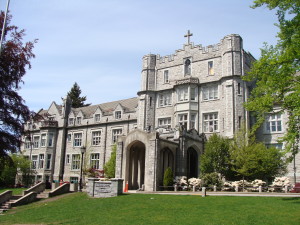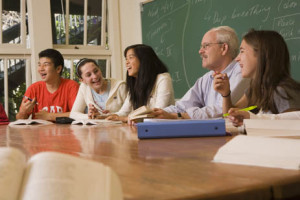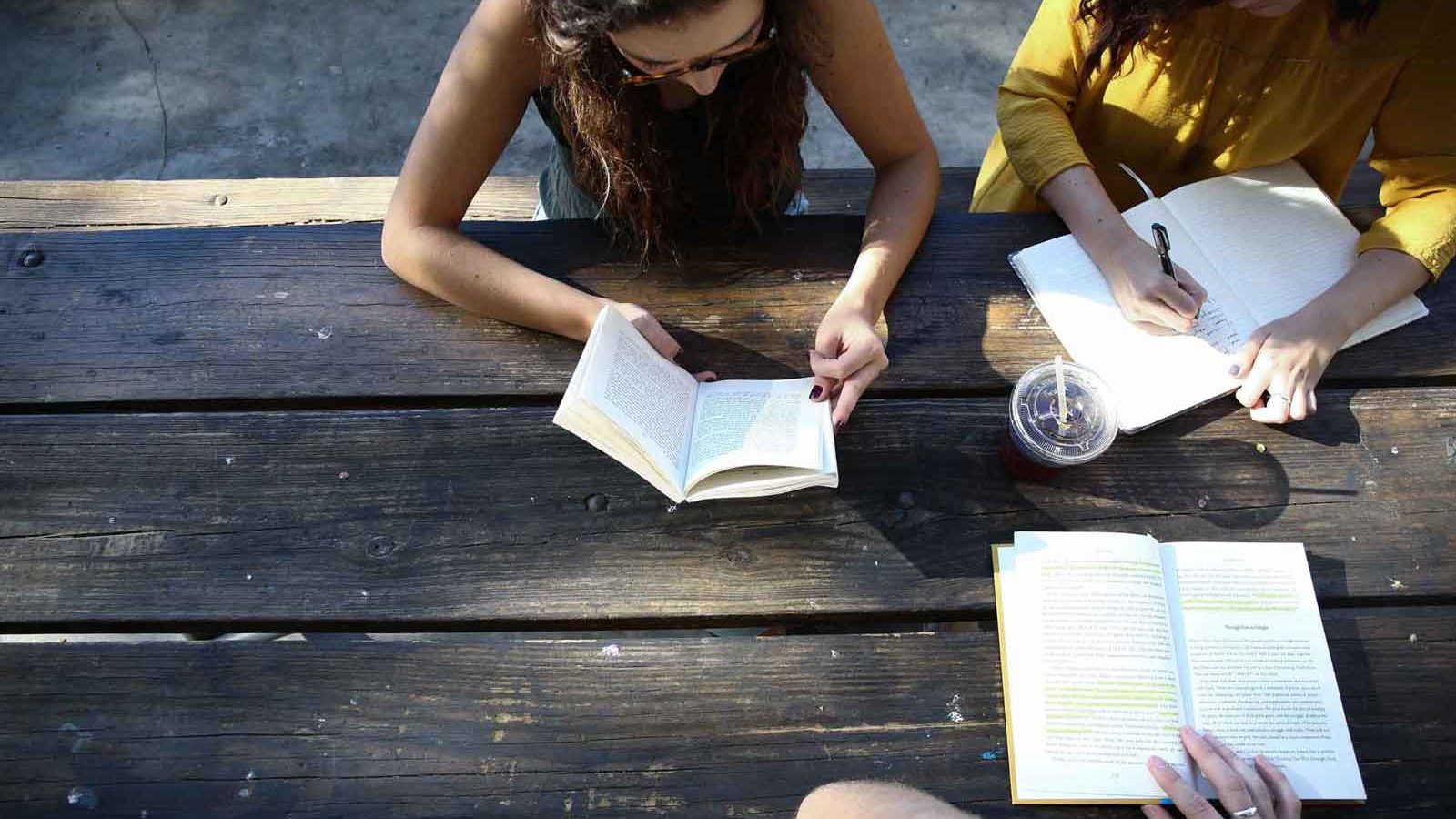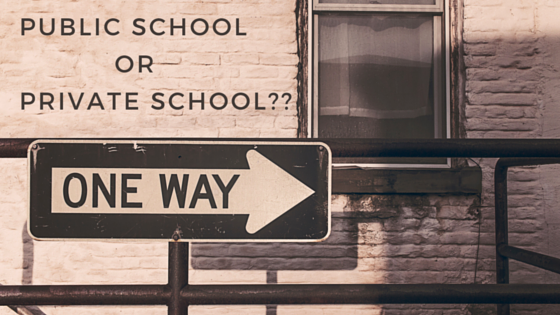What is the difference between private and public schools?
The answer which may come to mind immediately is admission, tuition, and results. Parents work hard to get their kid admitted to a private school, pay a high tuition, and then the result of these efforts is higher academic achievement than public school graduates. Yet it is not true that what is more expensive necessarily gives better results. There is a lot of variety among schools, and so the question of education quality cannot be determined simply by comparing public and private schools.
Generally, though, we can say that there is one big difference between private schools and public schools. Private schools are specific. They have specific focus, specific entrance criteria, and they have controlled environments which lead to specific results. Public schools, on the other hand, are diverse, and the outcomes are therefore less controlled.
Private Schools: The beauty of being specific

Private schools vary from school to school depending on their focus. Curriculum and school life are built from the school’s focus on a specific religion, language, art, or technology. The private school’s focus allows them to hire the appropriate teachers who have skills related to that focus. Private schools accept the appropriate students who show promise or talent in the skill areas required for the school. All of these efforts create a controlled environment with measurable goals and achievable results which fosters a particular reputation or ‘brand’ of the school.
Because private schools often want to uphold the reputation that their graduates achieve high results, class sizes are small and teachers are pressured to spend lots of time working with each students to help them achieve the intended results. In short, academic achievement is quite often the focus of many private schools.
Public Schools: The gift of diversity

Vancouver public schools are dictated by the Vancouver School Board curriculum and overseen by the BC Ministry of Education. Teachers are all required to hold a teaching certificate, and therefore all have the same general training. Part of this training is that they learn to work with students from a variety of backgrounds and with a diversity of needs.In the public schools, diversity is considered an asset, because students learn about differences in society while they participate in group work with kids in their classes.
The actual diversity within each school, however is only determined by the neighbourhood it’s in. Each school has a ‘catchment area’, where the families in that particular neighbourhood send their kids to the school within the area. Not all areas of town are economically or culturally diverse. Generally, the wealthier the neighbourhoods you live in, the higher ratings the public schools you have access to, yet the less diverse the student body. Therefore, a public school in a wealthy neighbourhood is often comparable to a private school. Although the parents are not paying tuition, they are paying to live in the wealthy neighbourhood which has the good school.
Public schools in non-affluent areas of town are varied in quality. Although many are often less funded, more crowded, and have less parent involvement than schools in wealthier areas of town, this is not always the case. It depends on a whole variety of factors to do with the neighbourhood. For example, extra government funding will often go to schools in inner city neighbourhoods to enhance the variety and quality of programs offered there. This in turn attracts quality teachers, which resultantly draws more families who want to be involved in their kids’ education to the neighbourhood.
Public schools which are more crowded, less funded, have unhappier teachers and less involved parents, may have other assets. It’s possible that students may engage in more culturally diverse opportunities than a school in an affluent neighbourhood, and this has its advantages. For example, a newcomer to Canada may learn more conversational English and Canadian culture in a neighbourhood school where the surrounding community are from a broader cultural and socioeconomic spectrum. This may lead to better opportunities to think critically and to become engaged in problem-solving in the real world. The very fact that the latter result is less controlled, makes it more of a possibility. In public schools, kids often develop the skills to ‘get what they need’ without a lot of help, and sometimes the leadership skills that develop are exponentially more than if a kid is given step-by-step instructions to do so.
Both public and private, quality depends on the school
In short, both private and public schools vary in quality. It is important to shop around. Finding a good school for your child requires research, and knowing what it is you want for your child.
Click here to view the Map of catchment areas for Vancouver School District


